School policy changes use of technology
New policies encourage students and teachers to use technology in and out of the classroom.
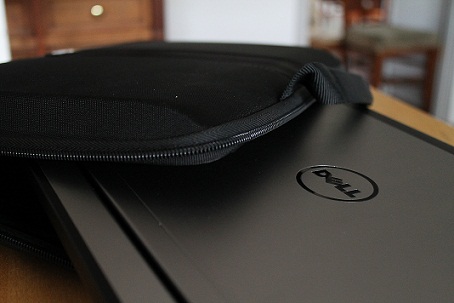
This year, ninth graders were issued new laptops for school and educational use.
September 27, 2013
This summer, the students of Carlisle High School were in for a shock.
In the years prior to the 2013-2014 school year, students of CHS were asked not to bring electronic devices or keep them turned off until the end of the day. Now, the new Bring Your Own Device (BYOD) policy, along with the 1 to 1 Learning Device Program, is expanding the incorporation of technology in the classroom.
BYOD was piloted last year with six teachers and due to the success of the pilot, has been put into action this school year.
The BYOD device policy allows students to bring most types of electronic devices, such as tablets, iPads, eReaders, smartphones, iPhones, Kindles, laptops, etc.
The 1 to 1 Learning Device Program is a program in which eventually every student will receive a laptop for educational purposes and school use. The goals for the 1 to 1 Learning Device Program and BYOD is to help students use electronic devices for more than social interactions and help further prepare students and teachers to thoroughly incorporate the use of technology into the classroom.
Though both programs are relatively new, several problems have become evident. Problems with both programs include the slow internet access. Despite CHS expanding their broadband capacity, the servers are still slow.
Another problem with both programs is the fact that not all students have access to the internet at home. Luckily, facilities such as Bosler Library and Amelia-Given Library are available to provide internet access to those who need it. Also, Comcast is offering internet access to students who qualify for free or reduced lunch for $9.99 a month
Due to the cost limitations, the 1 to 1 Learning Device Program was only extended to the ninth graders this year.
But why ninth grade? According to Stephanie G. Douglas, CASD Director of Digital Learning and Technology, “Ninth graders are more likely to have a complete classroom of students in the same grade level; giving us a complete classroom of students with laptops for teachers to make in-class assignments.”
Some of the positives of BYOD and 1 to 1 Learning Device Program include making school easier for students and teachers. Freshman Mckenzie Failor said one positive of the 1 to 1 Learning Device Program is, “You don’t have to carry textbooks around,” due to the ability to use online textbooks.
Teachers also benefit from BYOD and 1 to 1. According to Ellie Park, a ninth grade English teacher, 1 to 1 helps by “evening the playing field to some degree- students who didn’t have a laptop now have one.”
Allowing students to bring their own devices to school can decrease the amount of trips classes take to the computer lab as well.
If the integration of BYOD and 1 to 1 Learning Device Program looks as if it is enhancing the learning environment, the district hopes to provide a laptop to all students who attend CHS next year.
















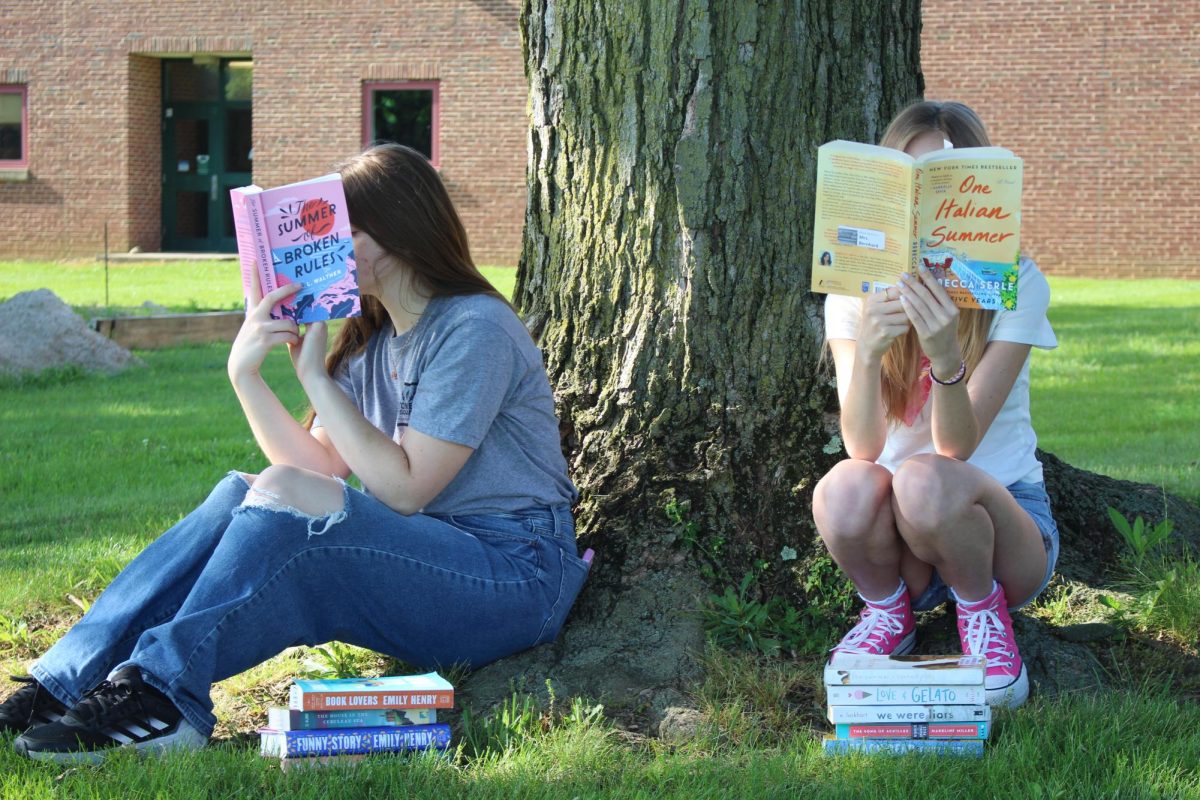

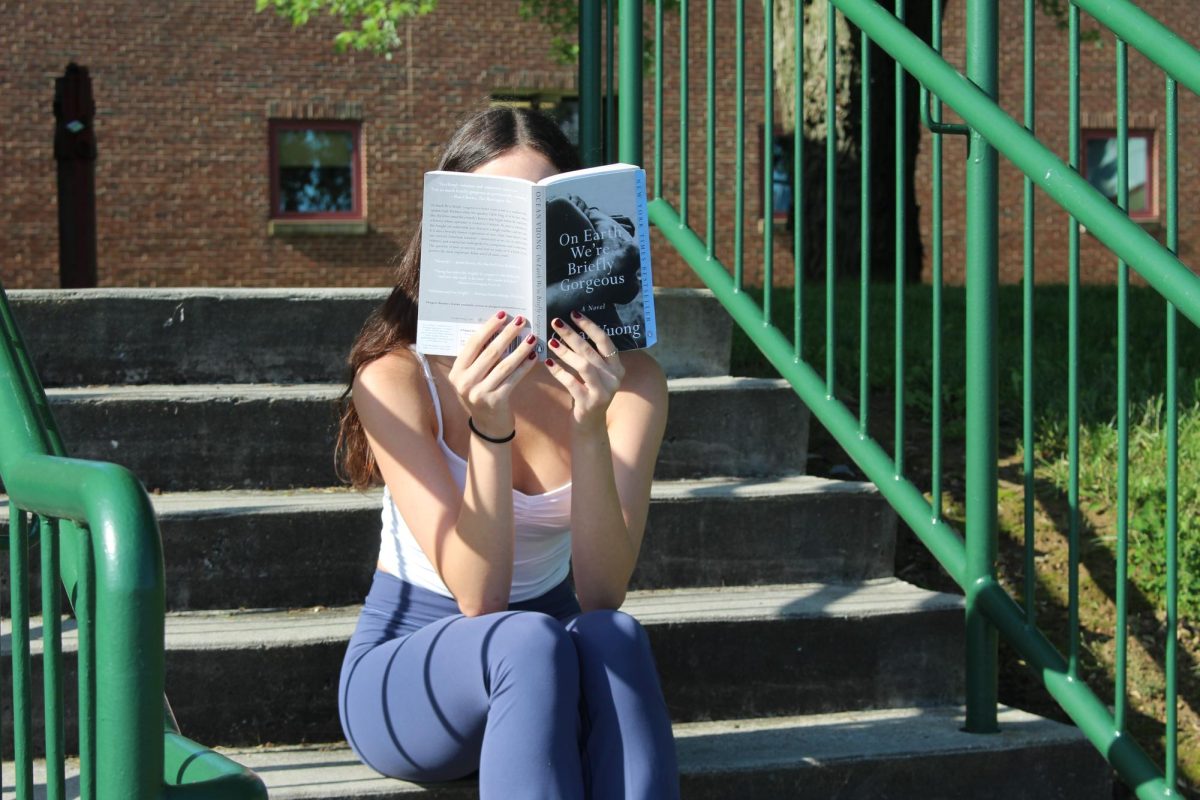
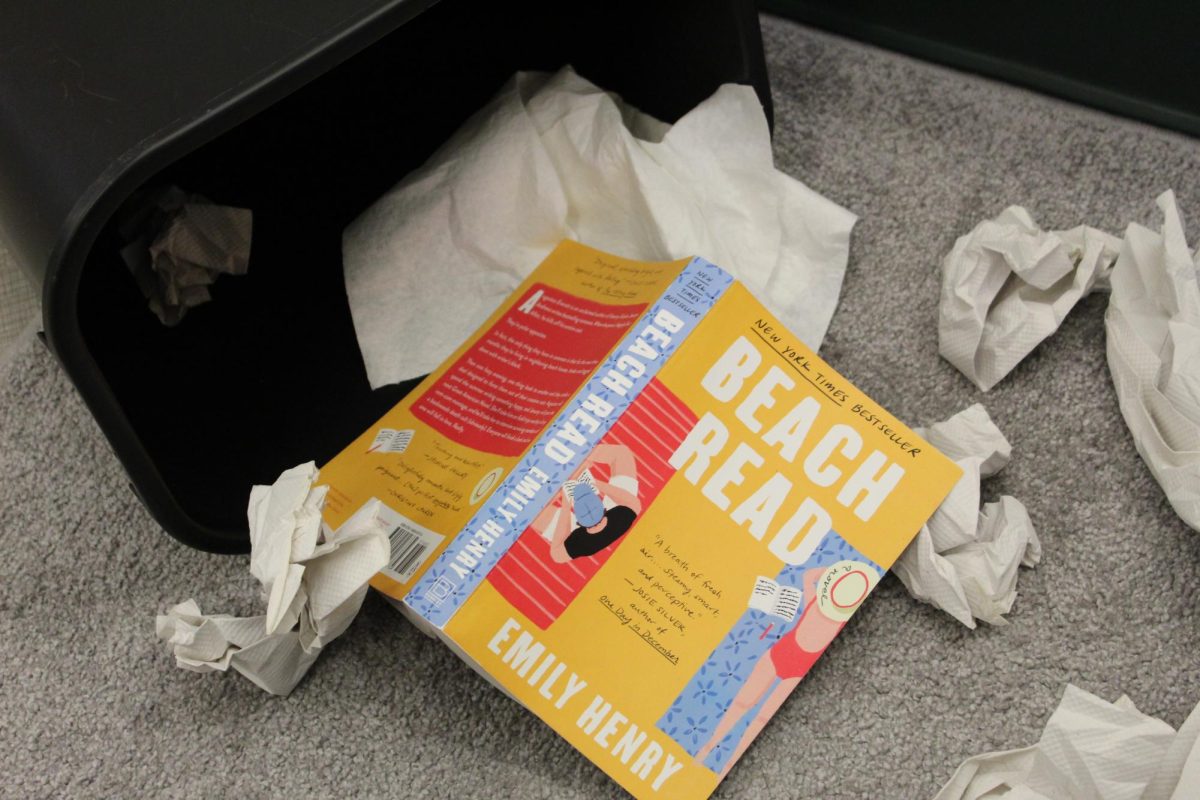
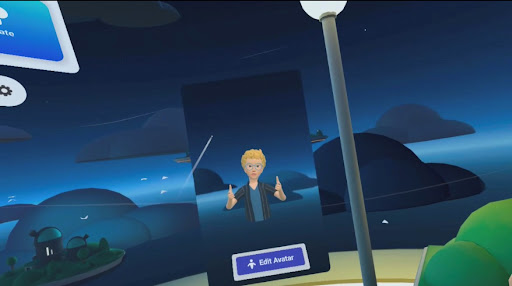
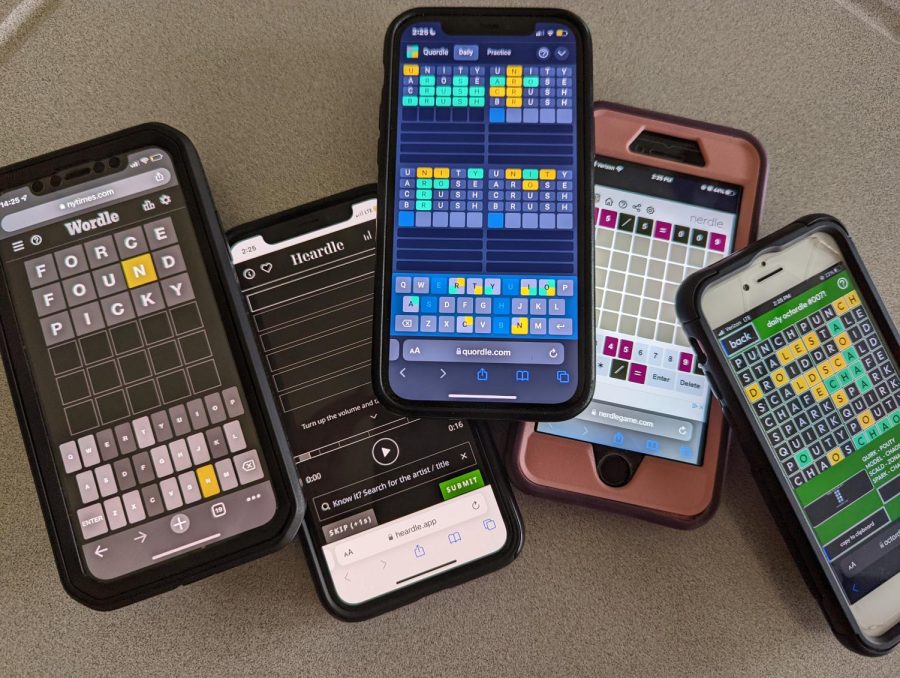










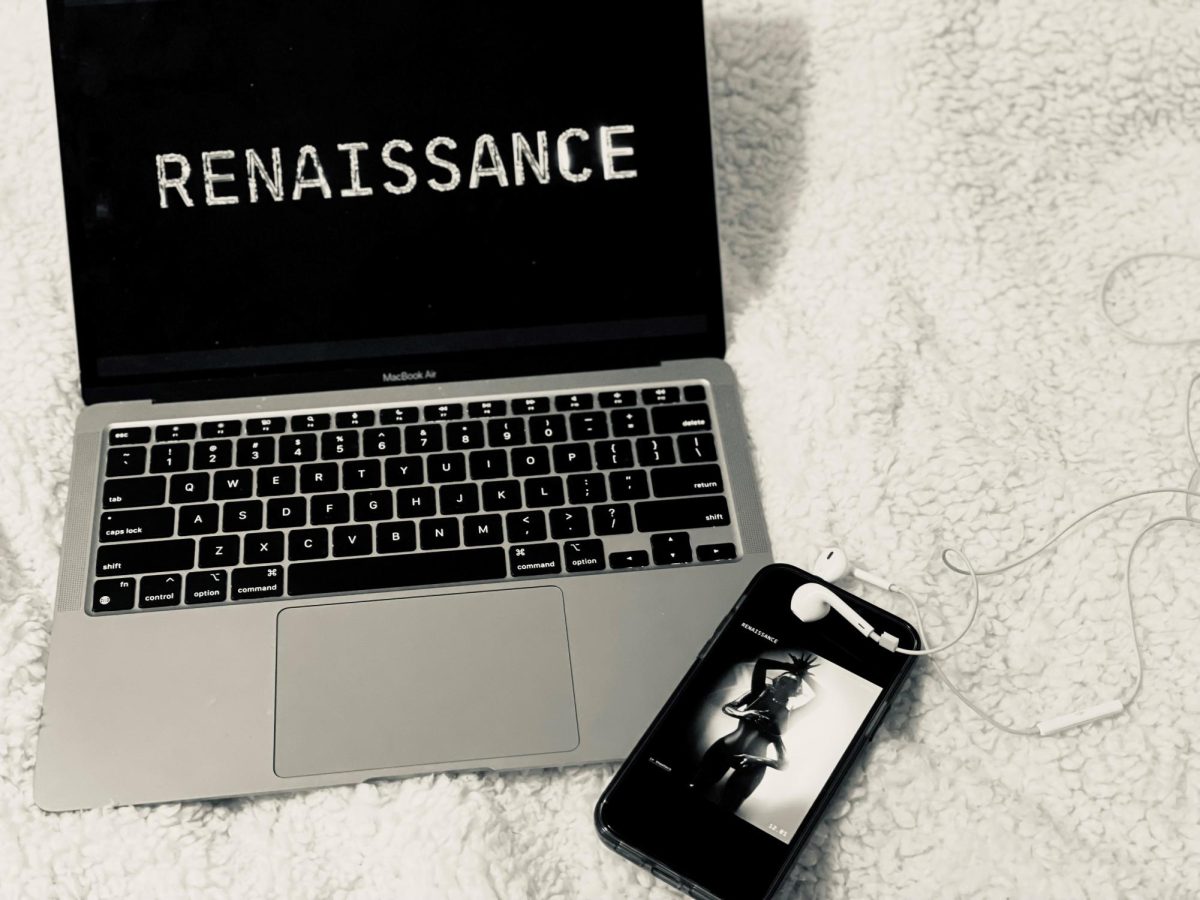





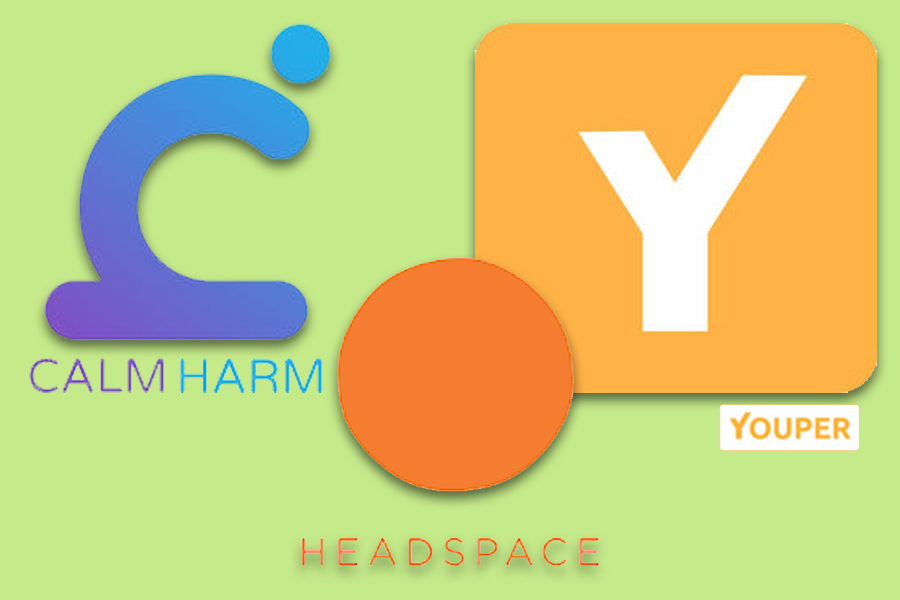


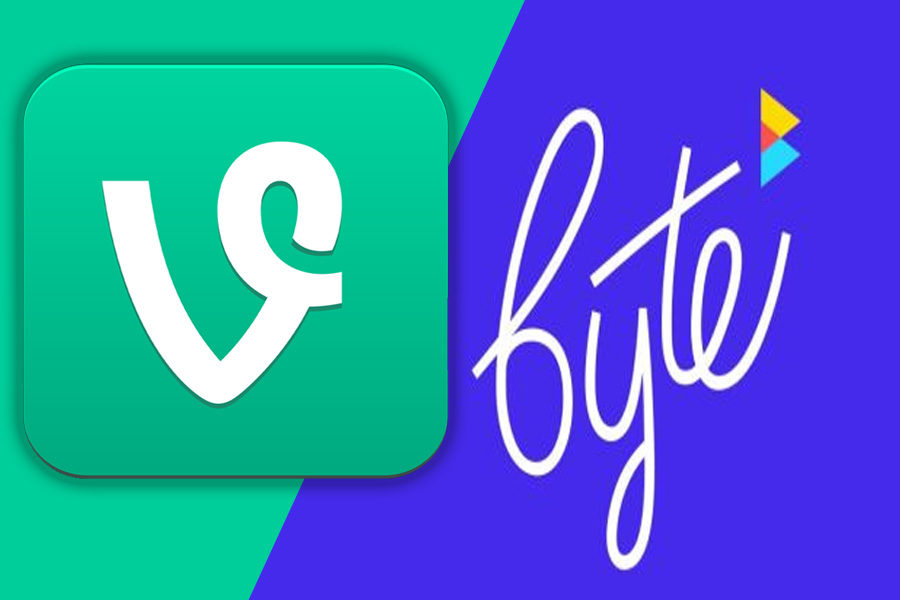
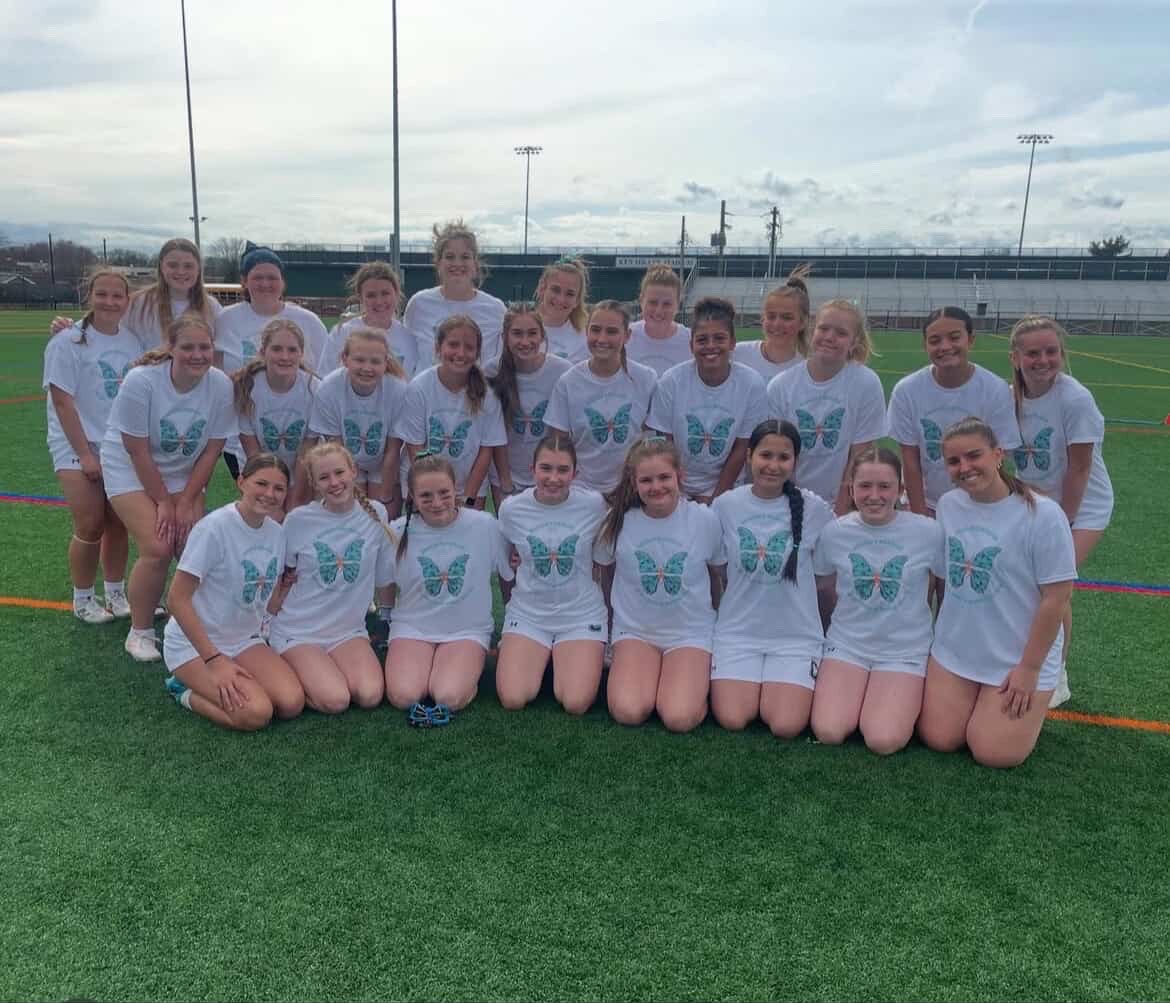

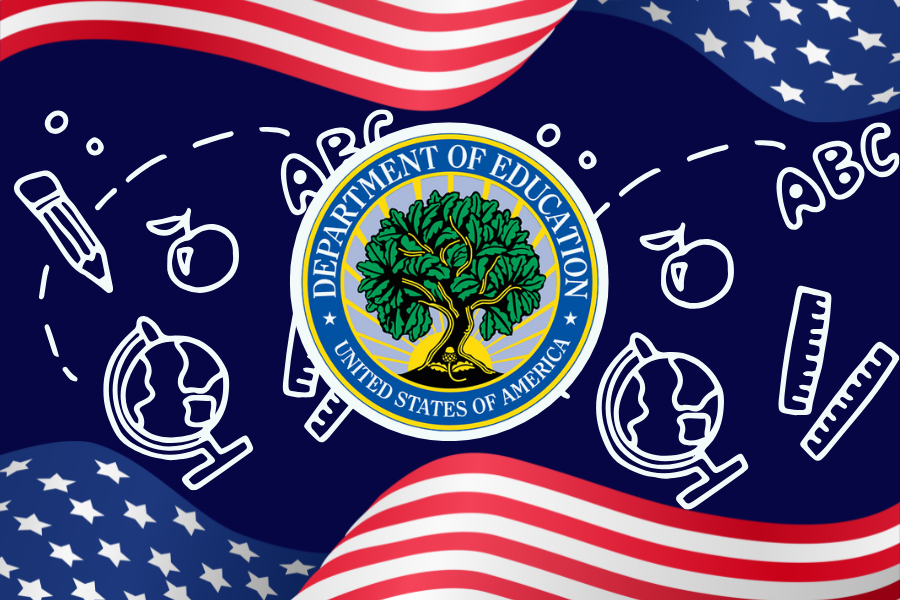





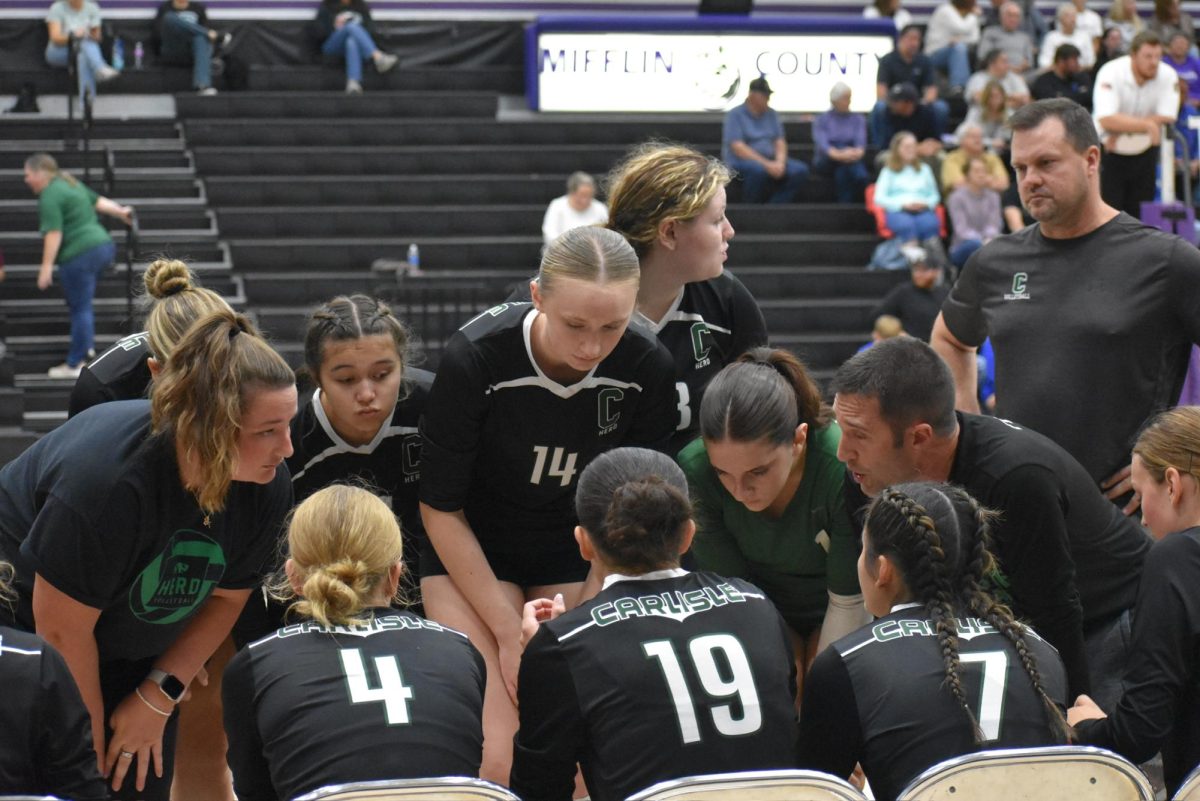

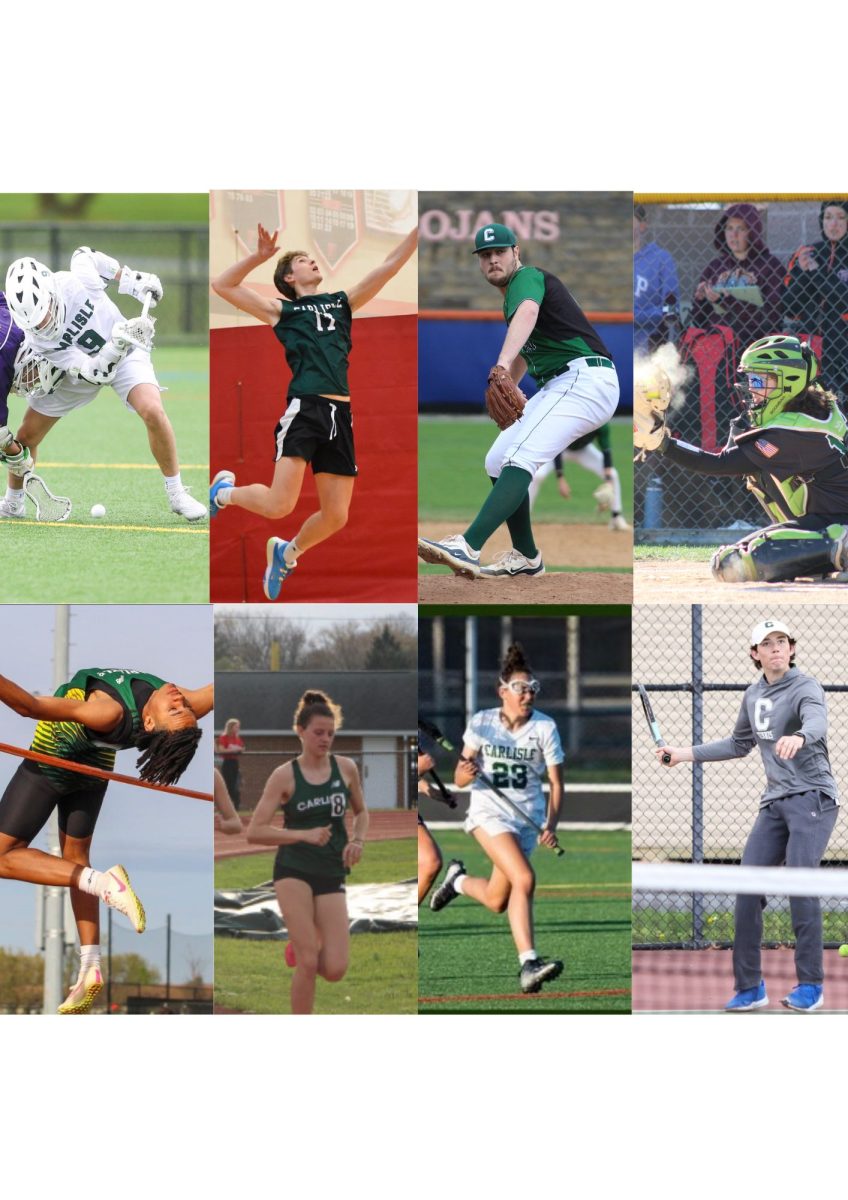
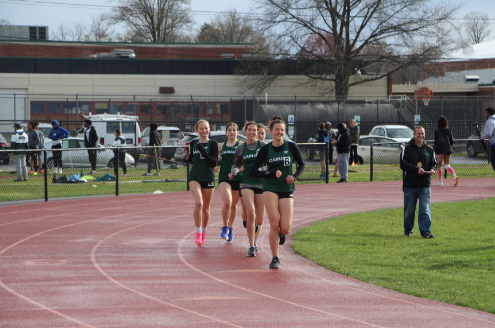
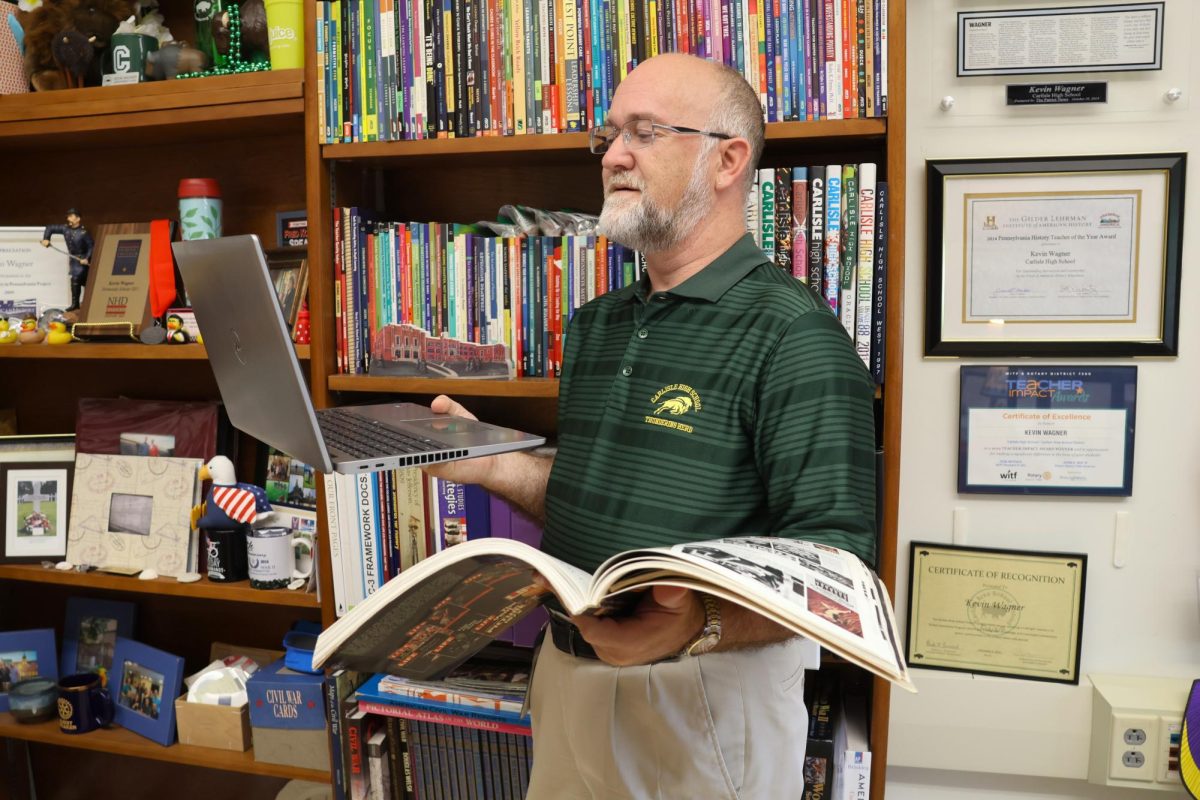

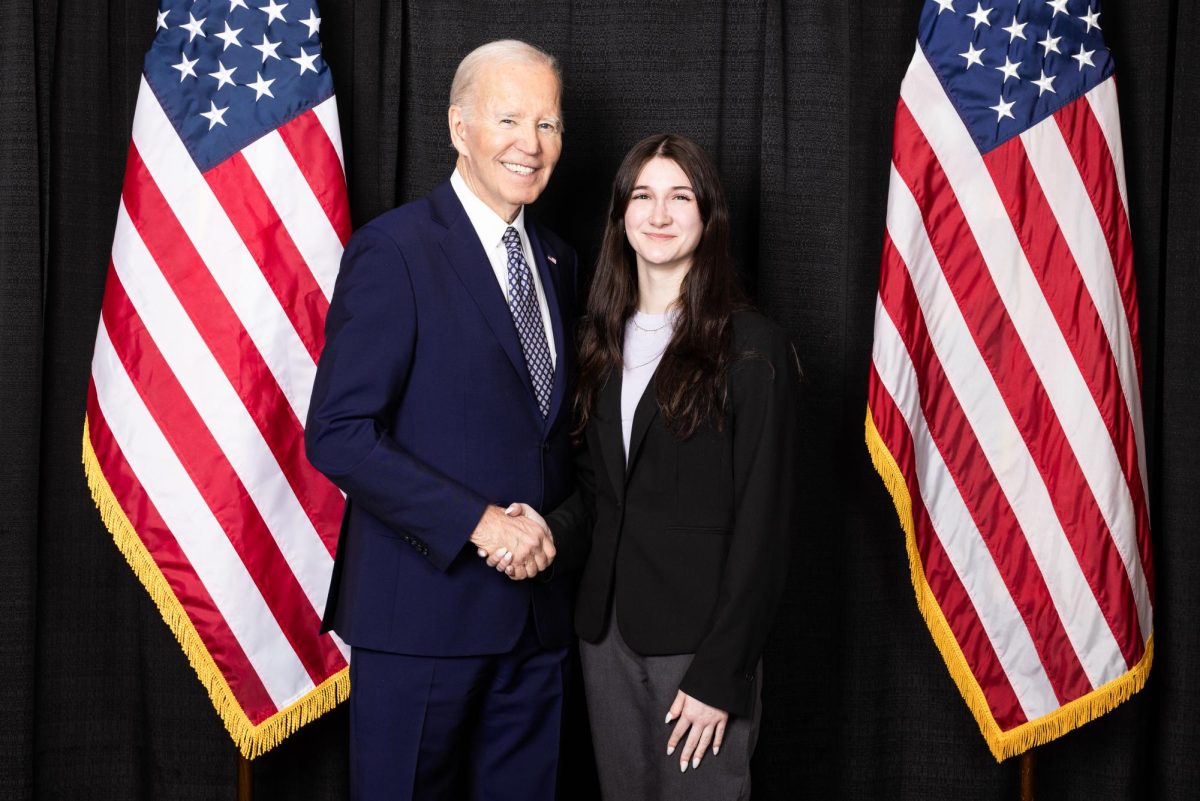


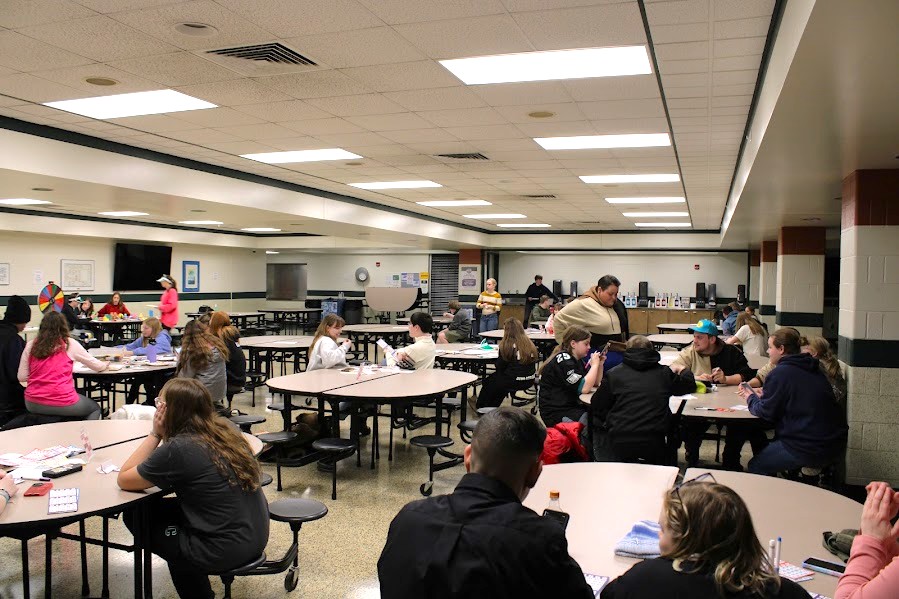

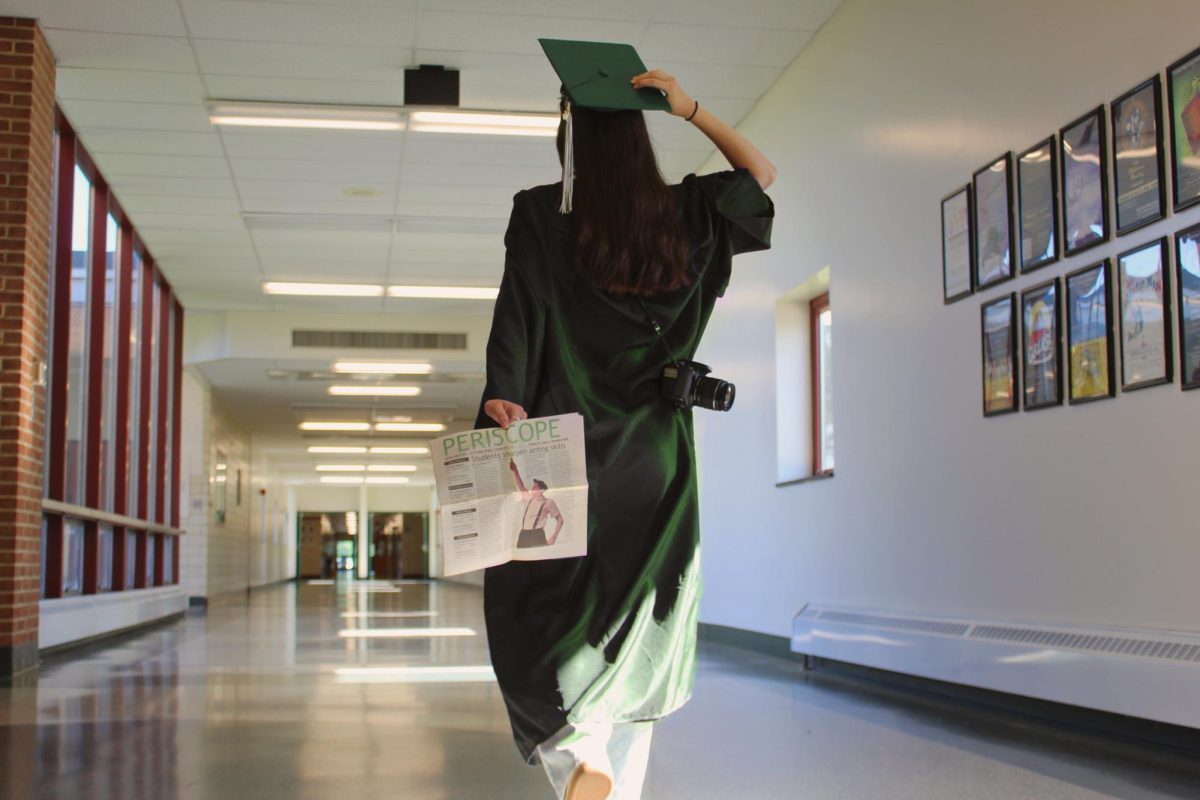



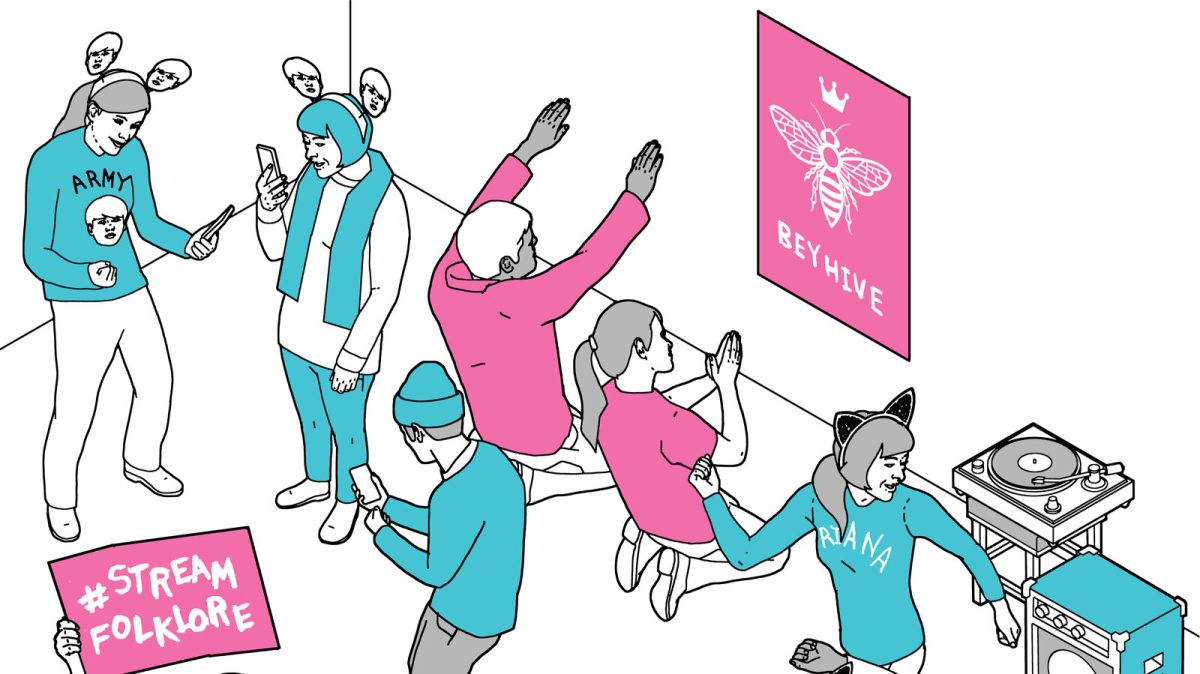
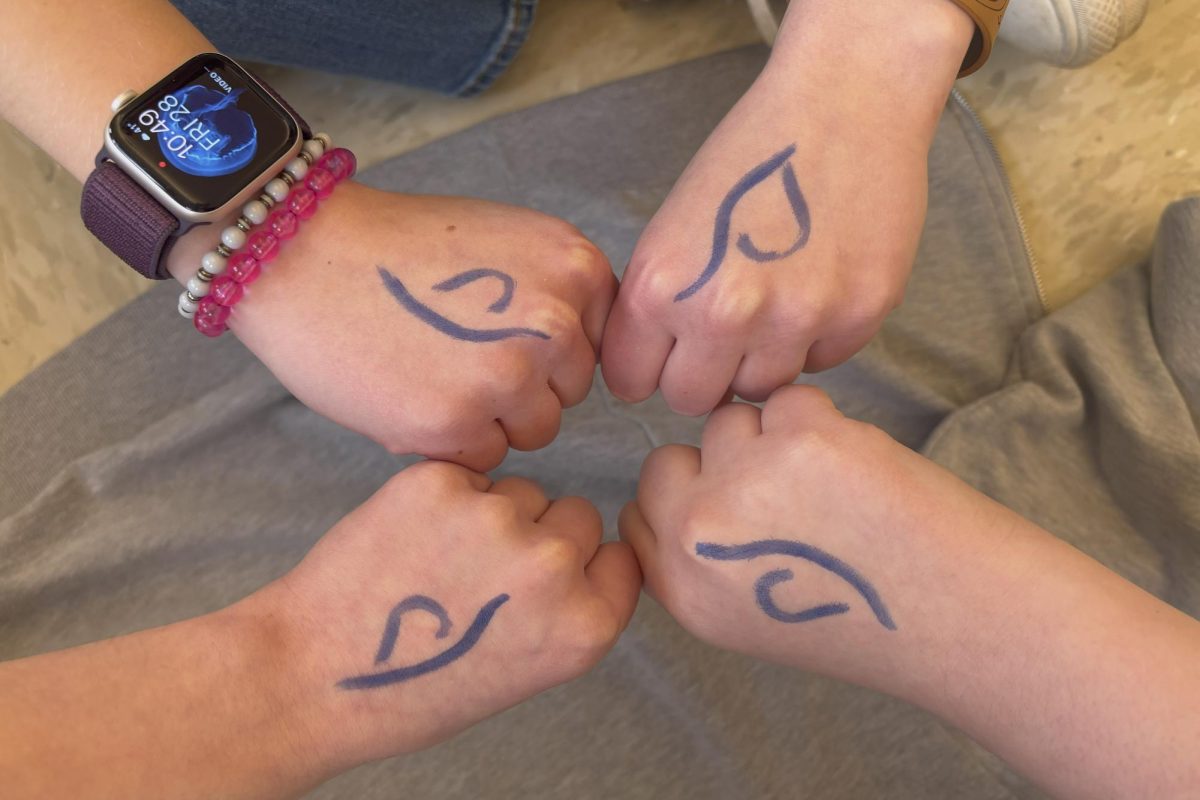

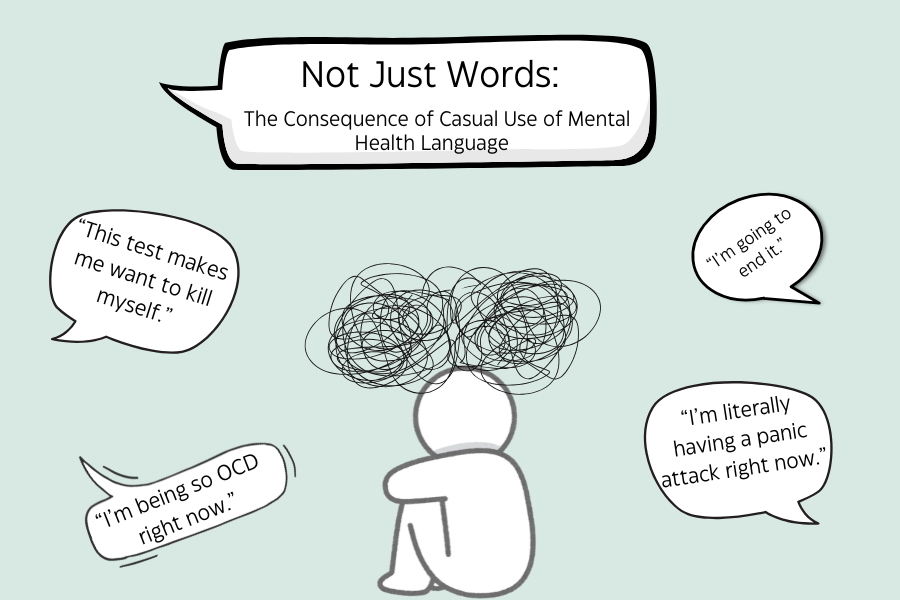
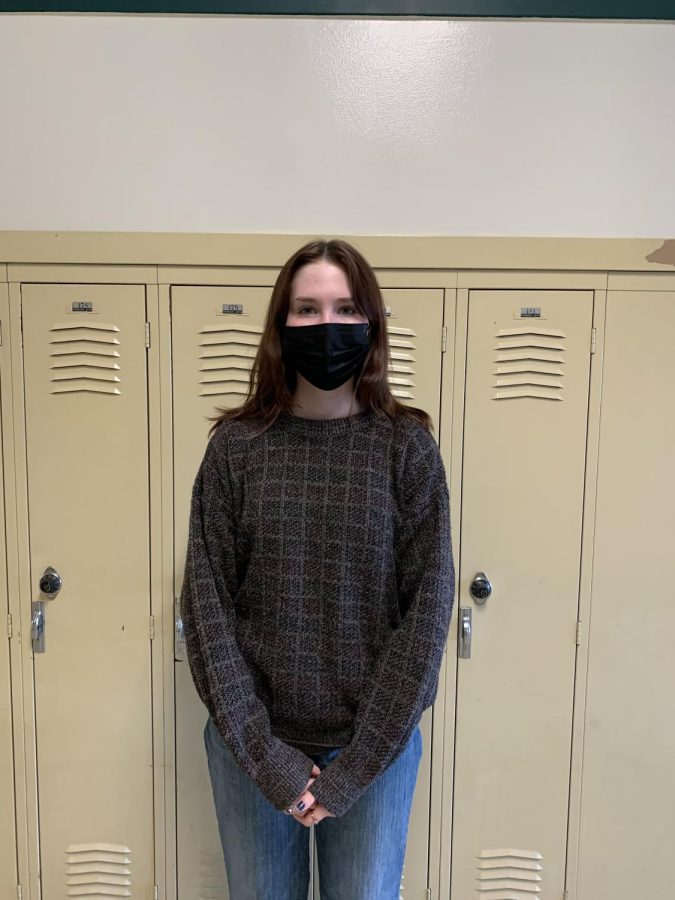
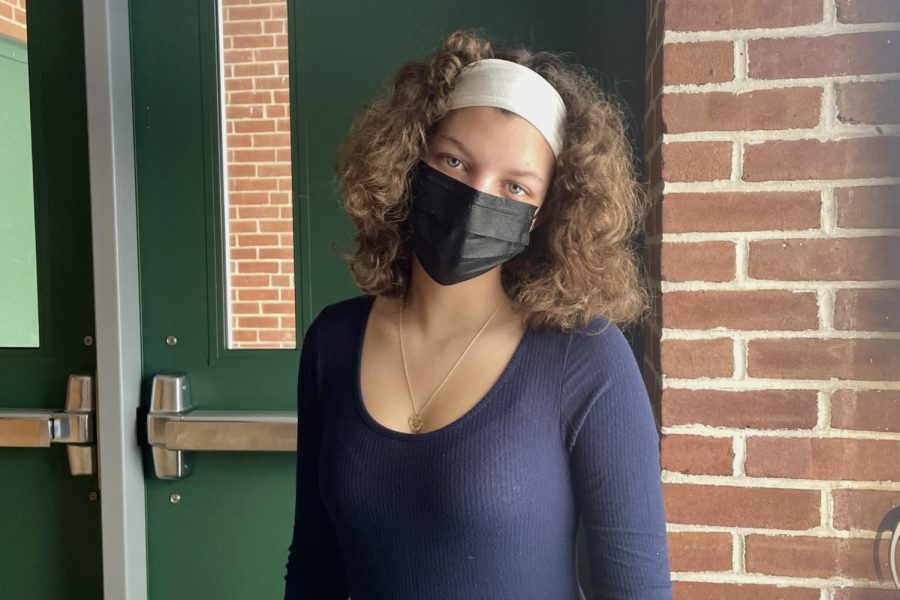
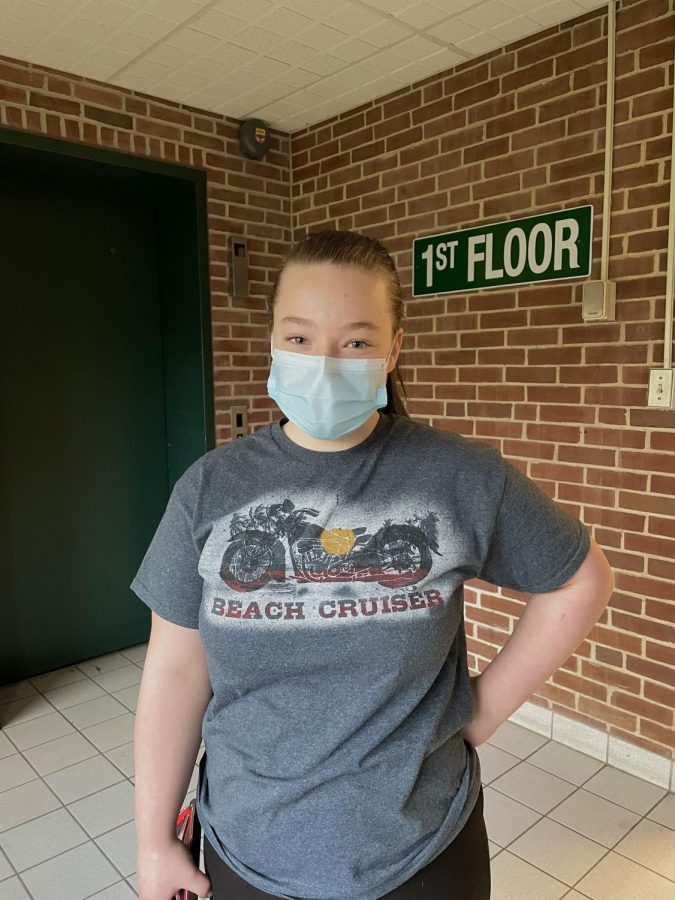
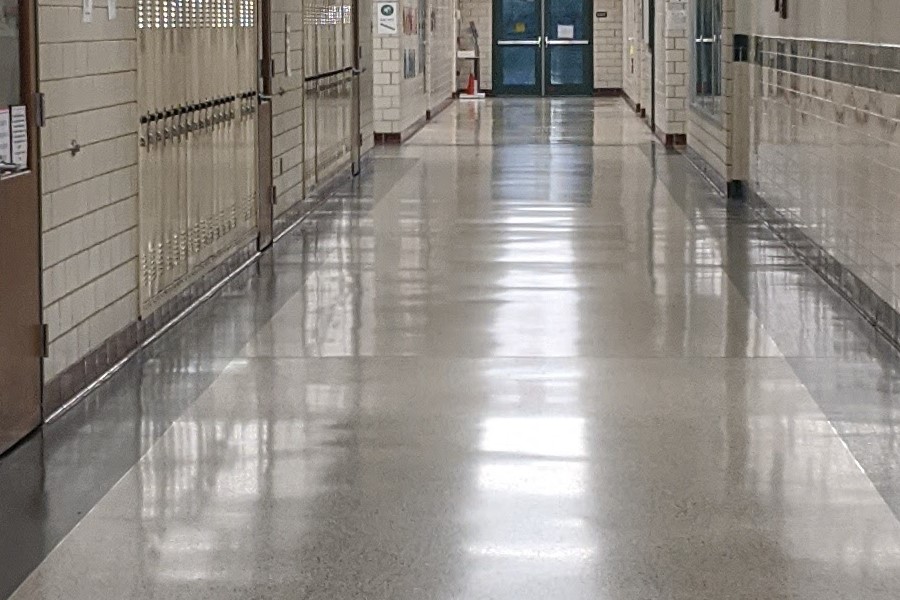

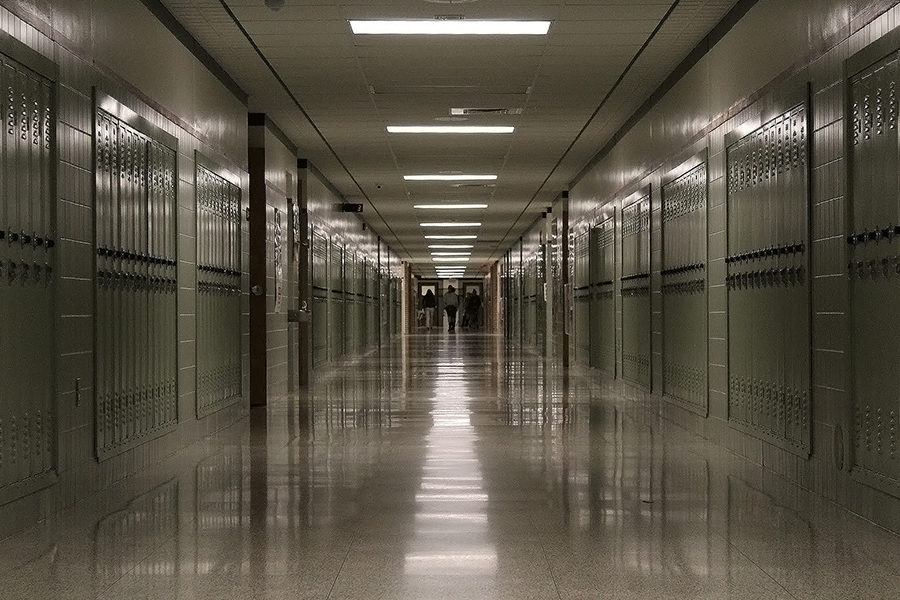




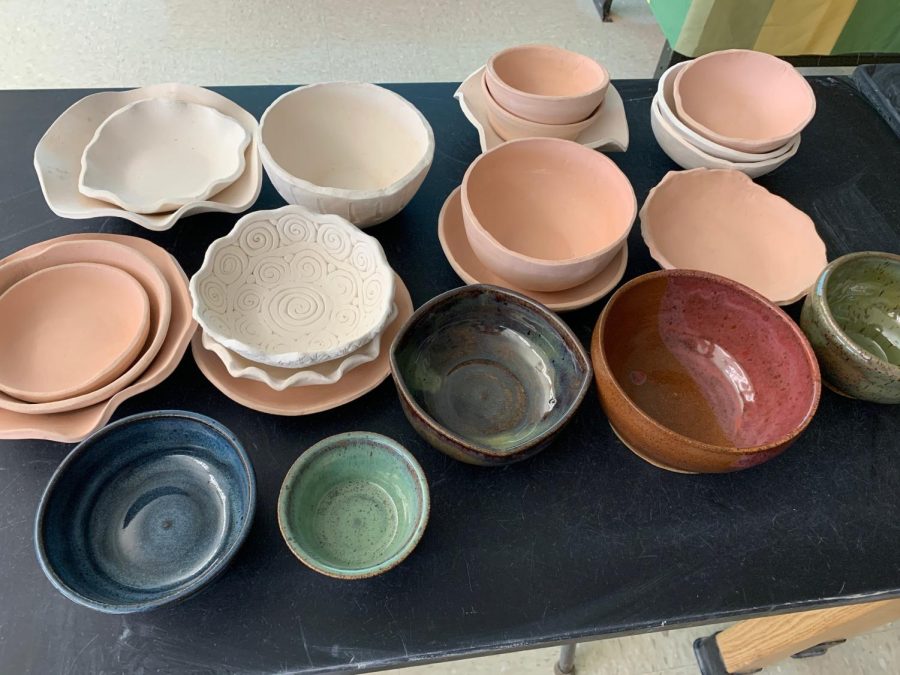

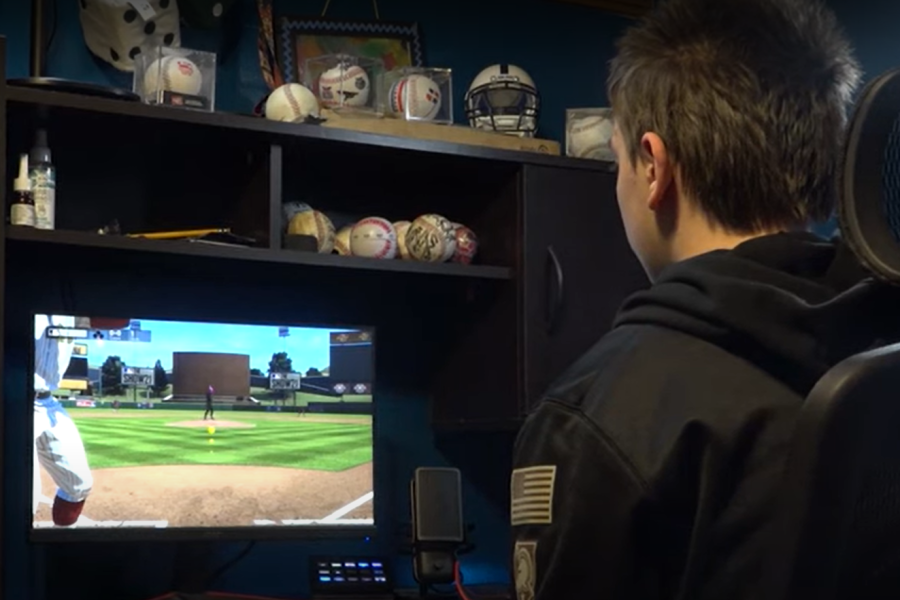




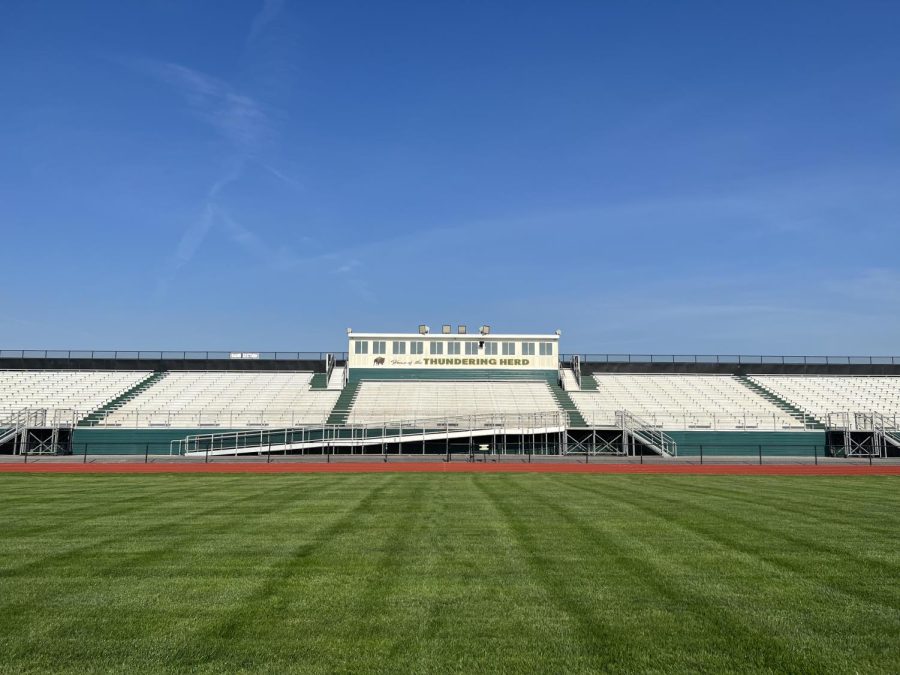

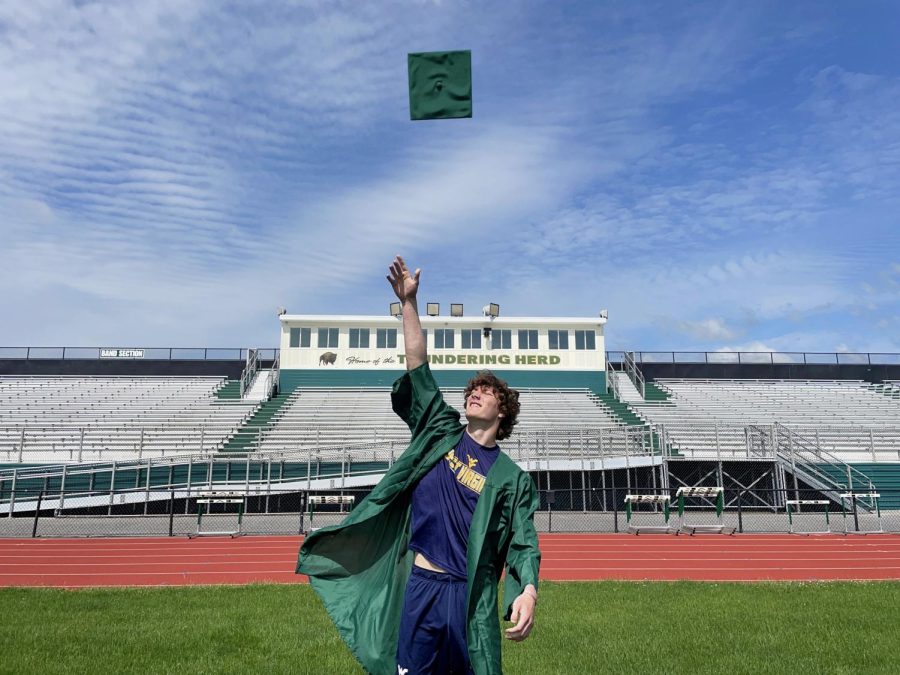
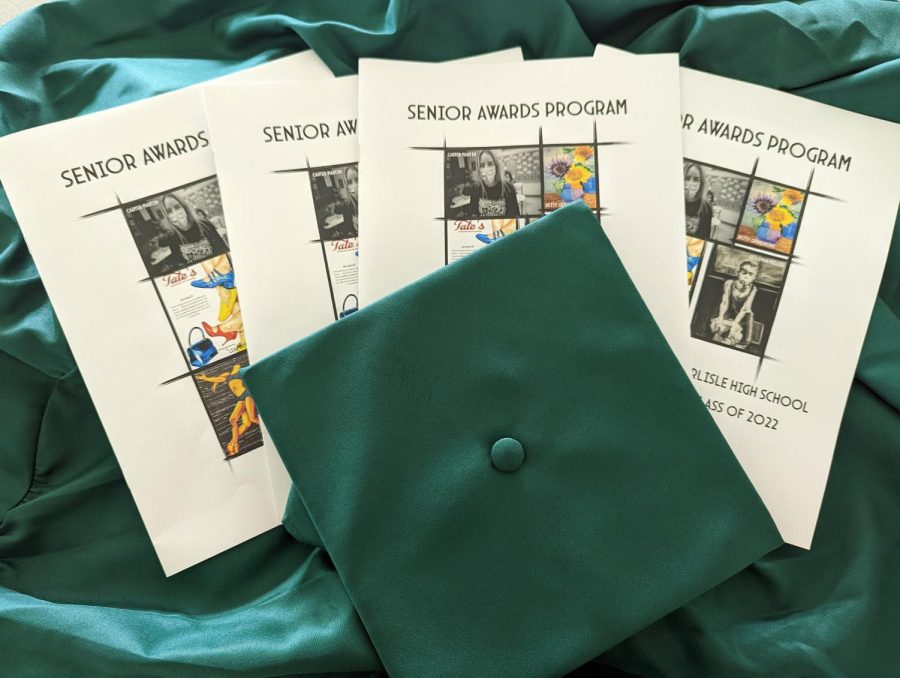
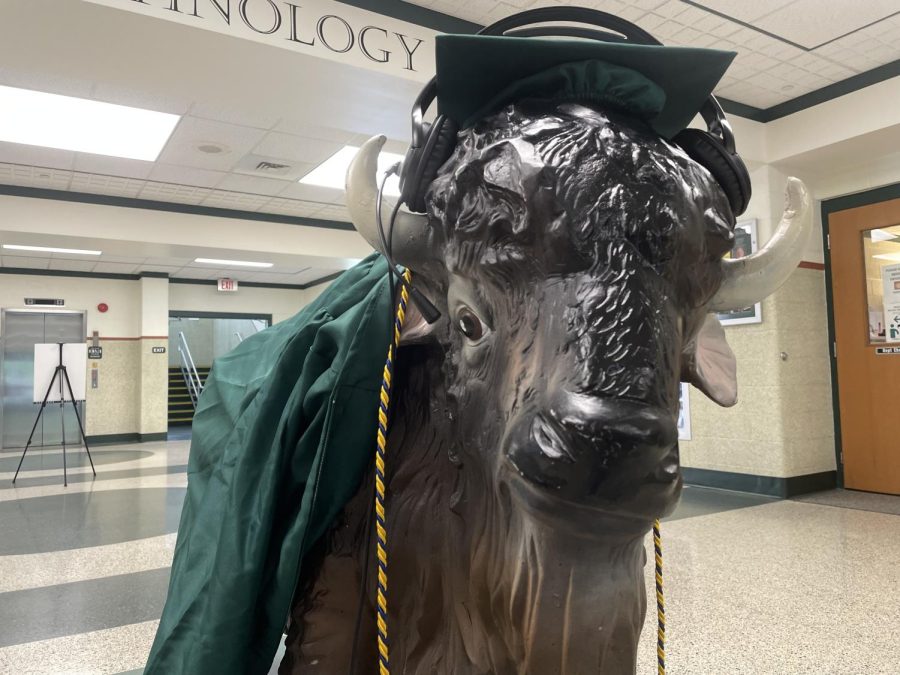

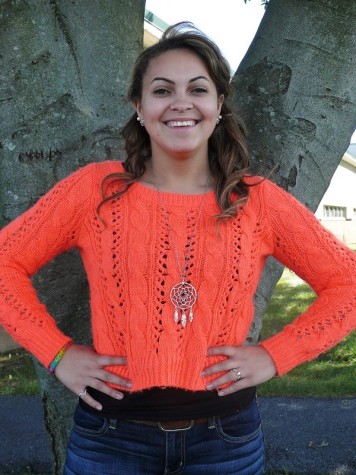


Zack Loudon • Nov 4, 2013 at 11:09 pm
I believe that the BYOD policy is a great success this year at CHS. By allowing students to use electronic devices in schools, CHS is further developing their educational process. Also students need to be familiar with the use of electronic devices especially once they graduate from high school and either attend college or get a real world job.
Sarah Clouser • Oct 2, 2013 at 8:21 am
Informative article, Chenta!
Bri Hendriksen • Sep 30, 2013 at 2:14 pm
I really enjoyed reading your article! It is very informative and clears up the confusion that some students and adults have about the BYOD program. Good Job!